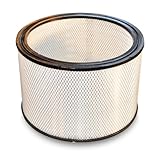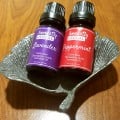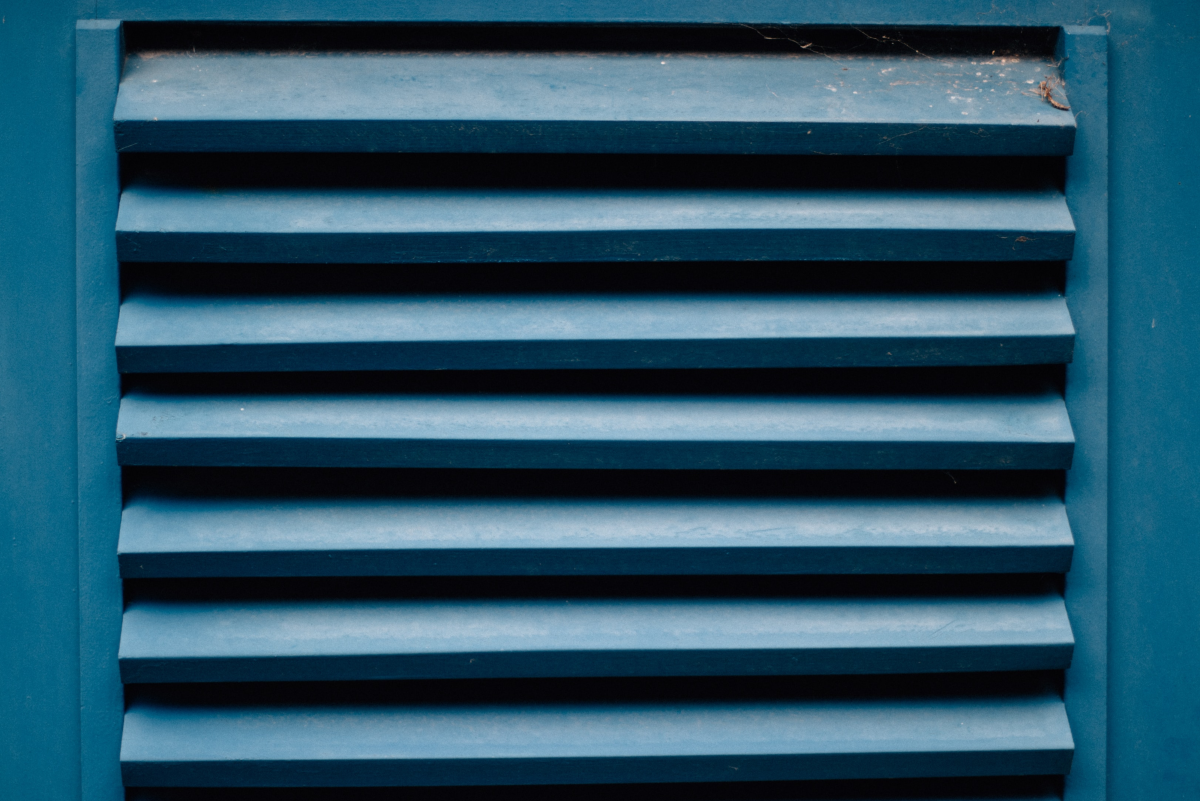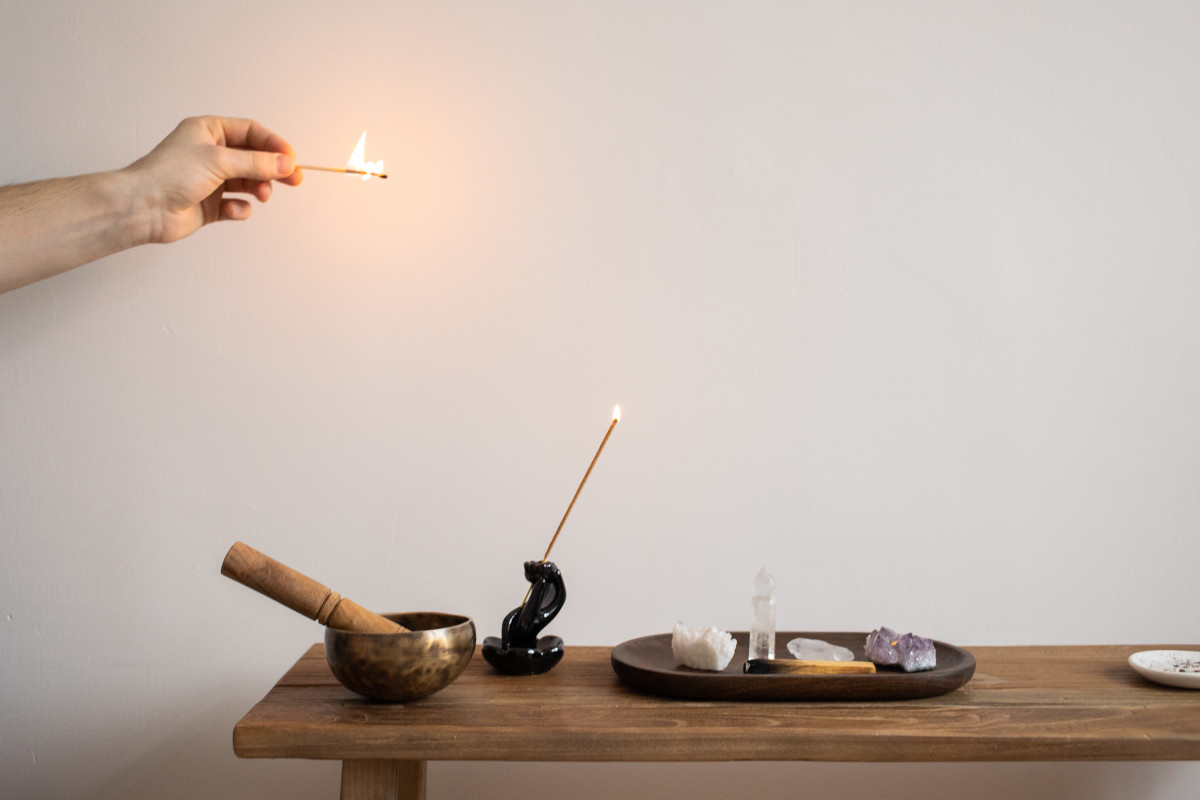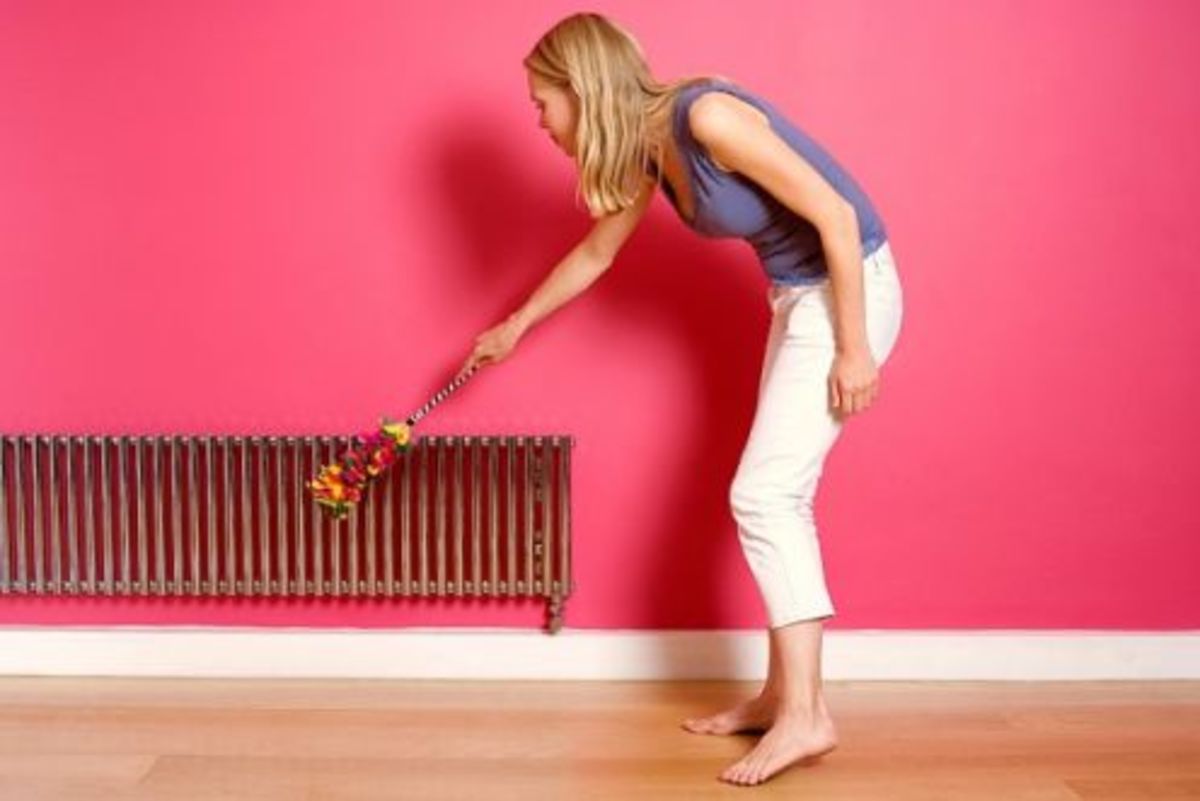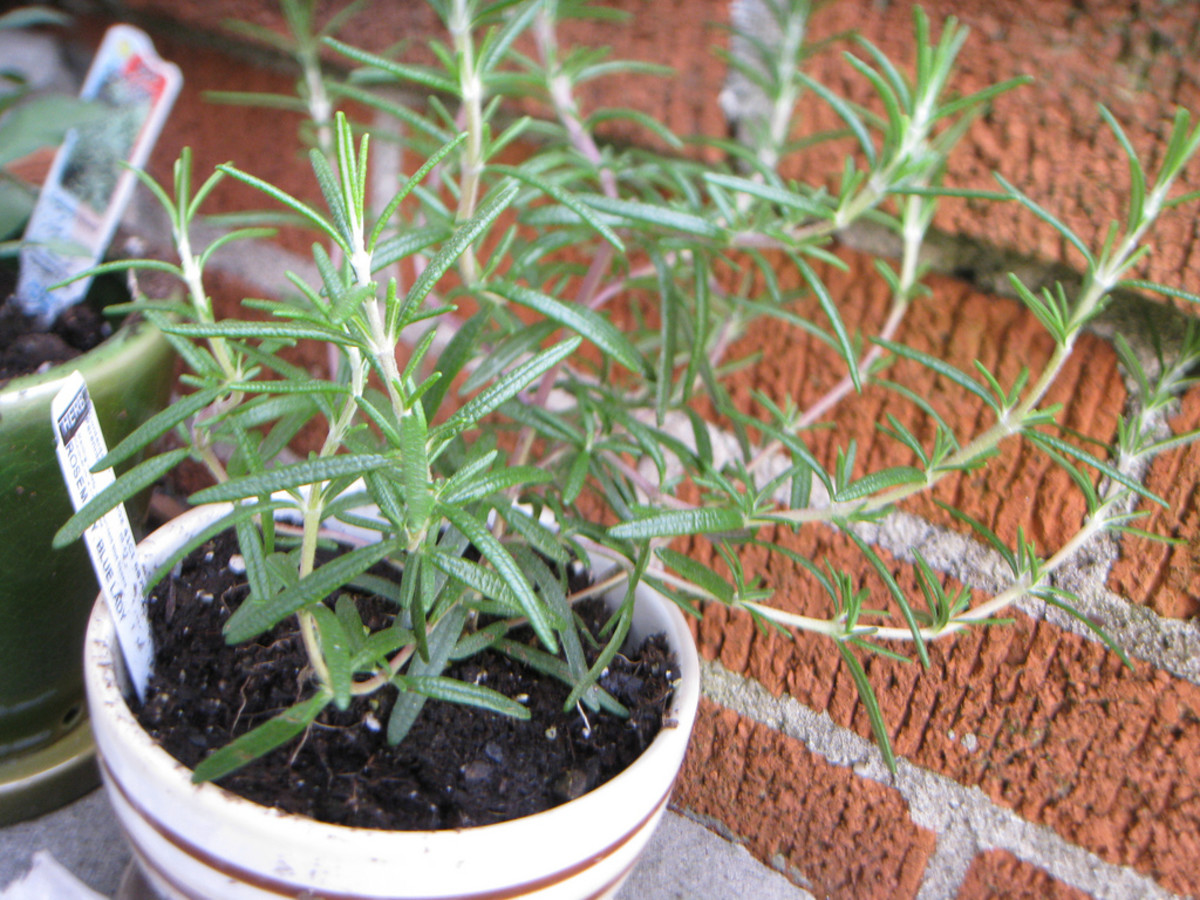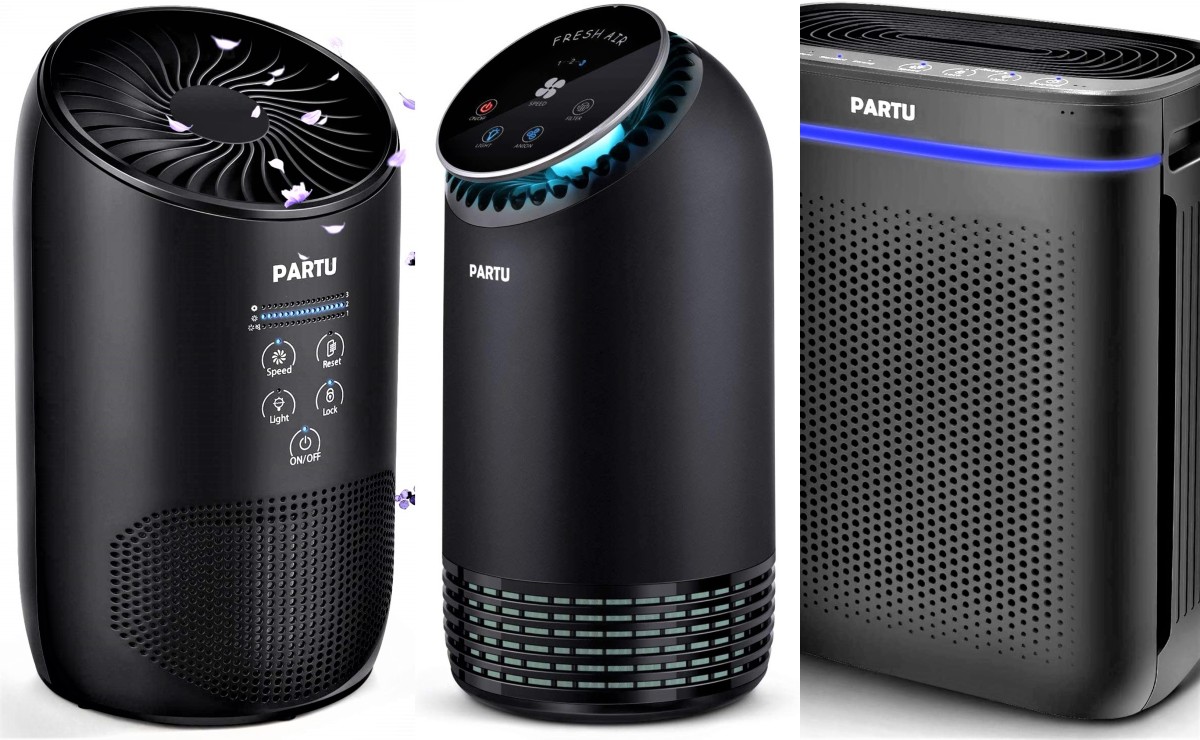Does Your Home Have Dirty Air?
Indoor Air Quality is Important for Your Health
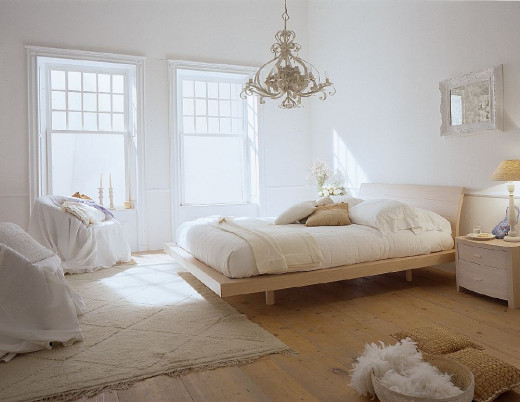
Your House Could be Making you Sick!
Even if you clean regularly, dust your furniture like crazy and change air filters almost as often as you change your shoes, the air in your home can potentially harm your health.
Here are some tips on what to look for, how to address problem pollutants, and how to protect your home from poor-quality air.
First, take an inventory of the daily habits of everyone in your house. Many improvements can be made with some simple steps in your daily life.
Shower stalls and tub enclosures breed mold
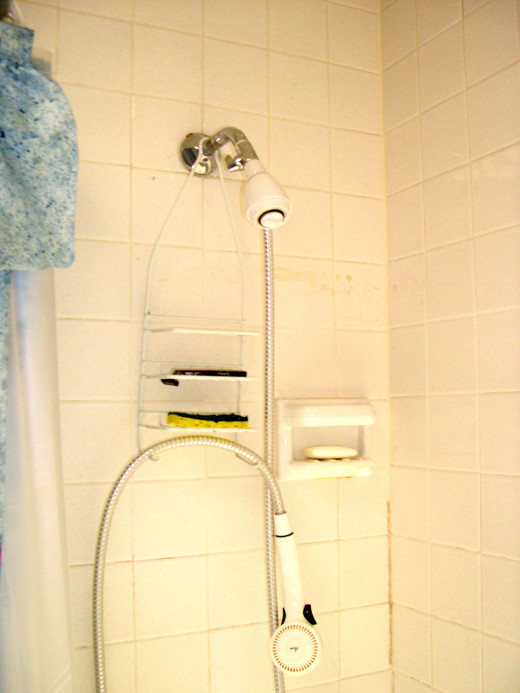
Bathroom Mold Can Make You Sick
Bathrooms are a breeding ground for mold spores. With regular doses of hot, humid air and a general lack of outdoor ventilation in most homes, mold can happily set up residence in your shower stall, tub enclosure and other moist areas.
But, of course, we need our daily showers and baths. If you're battling mold in your bathrooms, here are some simple steps to help prevent and control the problem. Train everyone in the family to do these things, and you'll see a difference!
- Use the Vent Fans! Those fans are not just to get rid of extra heat or, um, a few uncomfortable odors. They will draw out the steam and moisture that feeds mold spores and help prevent them from reproducing.
- Wipe Down Shower and Tub Enclosures: It takes just a few seconds to wipe off those droplets of warm moisture after you take a shower or a bath. Squeegees are a great device to make the task even easier. Use an old bath towel to soak up standing water in stalls that don't drain well (and then wash it regularly).
- Clean Bathroom Vents: Over the years, those vents absorb a lot of dust and moist air, which creates a perfect place for mold to thrive. Periodically, remove the vents and take them outside, vacuum them and then wash them in warm sudsy water with a touch of bleach. While they're drying (an important step in doing this properly), vacuum out the vent area, making sure to dislodge any noticeable chunks of dust and suck them into the hose. Wear a mask for this stage, and cover your eyes if you have allergies. Be sure the vents are dry before reinstalling them.
According to lung specialists, mold not only causes asthma, it irritates the nose and eyes. In general, unless you're eating a luscious slice of brie or getting a dose of penicillin or something, mold is not our friend.
Yikes! Can't breathe!

How to Avoid Harmful Fumes from Chemicals
Another huge source of irritation to lungs and eyes are fumes that can come from craft products, furniture polish and cleaning fluids.
If you enjoy crafts, be sure you're in a ventilated area if you use paint, stains, varnish or another substance that has a chemical base.
Similarly, never refinished furniture in an unventilated area - open your garage door if that's your preferred spot, and install a good vent if you use a basement.
Use painters' masks to protect your lungs, and consider removing your clothing before you return to the main area of the house (okay, you can shut the garage door first so you don't entertain the neighbors). Let the clothing air out a bit before bringing it through the house to the laundry area; fumes evaporate, and this way they'll evaporate away from the living areas.
Choose 'green' cleaning products wherever possible to avoid harmful chemicals and cleaning compounds. You can get very good results with products that are far less harmful to your eyes, nose and lungs.
Clean your Ductwork
Your home's ducts (if you live in a place with central heating and air) can build up dust over long periods of time. And mold loves to set up residence in dusty areas, especially if there's also a bit of moisture to add to the attraction.
If you're handy around the house, you can clean your ductwork yourself. If that's not your style, check for a reputable duct cleaning company in your area and look for any local reviews about their services. You can also check with your neighbors to for recommendations, which helps you know what type of service works best in your climate and for the construction of your home.
Not all ducts are created equal - some are sturdier than others (and hold up better to the type of cleaning that uses a brush on an extension rod). Some are more fragile and might hold up better with suction methods that don't send brushes deep into your system. Some firms use steam cleaning, but you'll need to determine if this is a good option for your climate and home.
Seal Fireplaces for Cleaner Air
Carbon monoxide is a silent killer and can creep into your home through fireplaces that aren't properly sealed or vented. Even a non-lethal amount can cause headaches and other ailments.
You can install alarms that will alert you if there are harmful levels of carbon monoxide in your home. These alarms, as with smoke alarms, can be life-saving in the event of a problem that can leave you breathless.
The Environmental Protection Agency offers a wealth of tips on monitoring and improving the quality of air in your home and lists some of the most frequently encountered issues homeowners might find.
Smoke-free zone!
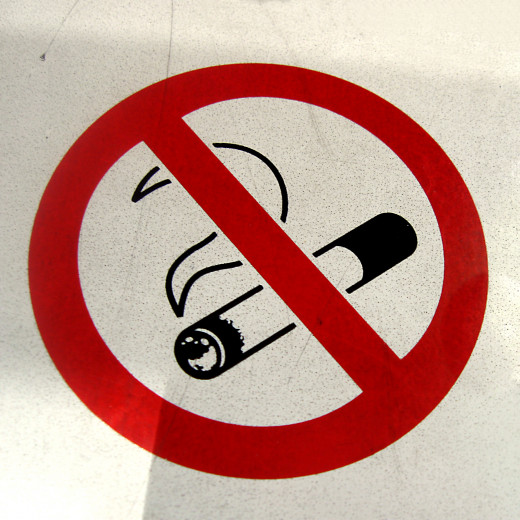
Have a Smoke-Free Home
If you or someone in your family is a smoker, the single best step you can take to improve the air in your home is to avoid smoking in the house. Obviously, it's even better to quit smoking.
This year alone, the American Cancer Society estimates more than 200,000 cases of lung cancer will be diagnosed.
Aside from lung cancer, smoking increases the risk of other diseases such as asthma, it irritates the eyes and nasal passages, and can affect every other family member in the household. Even clothing exposed to smoke outside of the home can introduce tiny particles of irritants into your home if brought into the home.
Give some thought to whether you want your children or other family members exposed to these risks before you smoke indoors. And give some thought to whether you want to see them grow up and meet your grandchildren one day.
In addition to improving the quality of air in your home, you'll reduce other pollutants as well, because you will require fewer heavy-duty cleanings of upholstery, carpets and draperies. You'll also help keep your electronics in better shape if you avoid exposing them to smoke.
AllerAir Portable Air Cleaner
Austin Air HealthMate comes in black and other colors
Get an Indoor Air Cleaner
If someone in the household suffers from allergies, consider getting a portable indoor air cleaner. Many of them operate almost soundlessly and can cycle an entire room of air through their filters several times an hour.
Air cleaners remove most particles and dust in an indoor environment (all but the most microscopic elements), and help freshen the room. AllerAir makes a cleaner that can be rolled around from room to room and is capable of processing large volumes of air each hour.
Austin Air's HealthMate series includes compact models that can sit on a table or desk (or on the floor) and operate almost soundlessly on the lowest few speeds.
There are several types on the market, and each has its own features and recommendations. Sizes can range from just a few cubic feet and up; choose one that fits the size of your room, including the height of the ceilings.
BIgger units are available that can be installed directly through your central heating and air conditioning systems. These will often have removable filters you can wash by hand or in your dishwasher. They are generally more costly than portable units, but if you need to address your entire home (rather than just a few areas) they might be worth the investment.
While many of your indoor air quality issues can be addressed by taking the steps mentioned earlier here, if someone in your home has chronic health problems, an air cleaner can make a huge difference in reducing asthma, allergies and other problems caused by dust and irritants.

